
1-28 #HappyWorking : Google lays off about 12,000 jobs; Apple has allegedly halted the development of its own Wi-Fi chip for a while; Samsung and Qualcomm have struck a deal and the upcoming S23 series will use an exclusive chipset; etc.

Japanese government-backed chipmaker Rapidus plans to set up a prototype production line for cutting-edge 2nm semiconductors by 1H25, according to the President Atsuyoshi Koike. Rapidus plans to officially decide by Mar 2023 on a site for the prototyping facility, which is also expected to handle mass production further down the line. Koike has estimated that Rapidus will need to invest JPY2T (USD15B) to get the new technology off the ground, plus another JPY3T for mass production facilities. Rapidus signed a chip licensing agreement in late 2022 with IBM, which successfully produced a 2nm prototype in 2021. (CN Beta, Asia Nikkei, Nikkei)
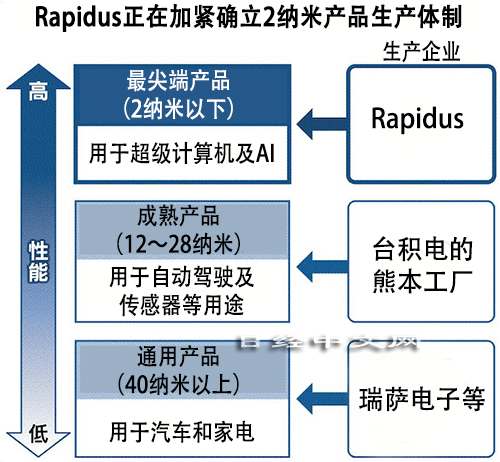
ASML Executive Officer Peter Wennink said US-led export control measures against China could eventually push Beijing to successfully develop its own technology in advanced chipmaking machines. Semiconductor companies in China “have to compete” against global rivals so they want to buy non-Chinese machines. The Netherlands and Japan, home to key suppliers of semiconductor manufacturing equipment, are close to joining a Biden administration-led effort to curb exports of the technology to China. ASML potentially faces more limitations on its sales to Chinese customers as the US seeks to undermine Beijing’s ambition to build a self-sufficient supply chain. (CN Beta, Yahoo, Caixing Global)

Japan and the Netherlands will reportedly join the United States in imposing chip bans on China. The goal is to “undercut Beijing’s ambition to build its own domestic chip capabilities”. ASML will be prevented from transferring deep ultraviolet lithography machines used for chip manufacturing, and similar restrictions will be imposed on the Japanese Nikon. The joint effort is an expansion on US President Joe Biden’s policy to limit China’s ability to manufacture and develop its own semiconductors, used for AI and machine learning in the military, but will also affect the mobile technology industry as well. (GSM Arena, Bloomberg, Japan Times, Yahoo)
Lam Research, one of the 3 biggest providers of chip-manufacturing equipment in the US, is cutting about 7% of its workforce to reduce expenses in a declining market. The company will eliminate about 1,300 jobs worldwide, according to Chief Executive Officer Tim Archer. The overall market for chip equipment will sink to about USD75B in 2023, down roughly USD20B from the prior year, he predicted. (CN Beta, Bloomberg, Data Center Dynamics)

Apple has allegedly halted the development of its own Wi-Fi chip for a while. More specifically, Apple’s previous development for Wi-Fi solution was the Wi-Fi-only chip and not the Wi-Fi+Bluetooth combo chip. From a design standpoint, developing a Wi-Fi+Bluetooth combo chip is more challenging than just a Wi-Fi-only chip. Since most of Apple’s products use the combo chip, it would be even more challenging to replace Broadcom’s combo chips with its own if Apple decides to do so. In the next 2–3 years, Wi-Fi chips will usher in critical Wi-Fi 6E / 7 upgrades. It’s riskier for Apple to use its own Wi-Fi chips aggressively when the industry standard markedly changes. (GSM Arena, Engadget, Twitter, Medium)
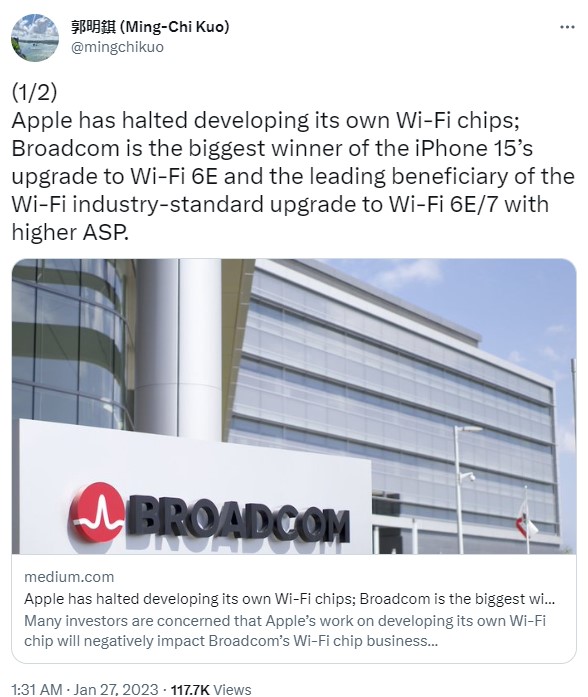
Samsung and Qualcomm have struck a deal and the upcoming Galaxy S23 series will use an exclusive chipset whose official name will be “Qualcomm Snapdragon 8 Gen 2 Mobile Platform for Galaxy”. This “Snapdragon for Galaxy” thing is expected to extend into 2024 with the Galaxy S24 generation as well.(GSM Arena, GizChina)
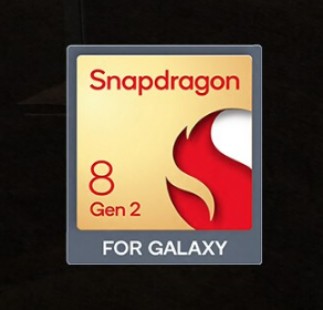
Qualcomm has introduced the Snapdragon Insiders Access Program. The main goal of the program is to provide members with priority access to Snapdragon-powered devices and brands, as well as connect them with established influencers in the industry. Members of the program will also be invited to test new devices with Snapdragon chipsets, attend events to share educational content with the community, and provide feedback on new technologies and experiences.(Gizmo China, XDA-Developers, Qualcomm)
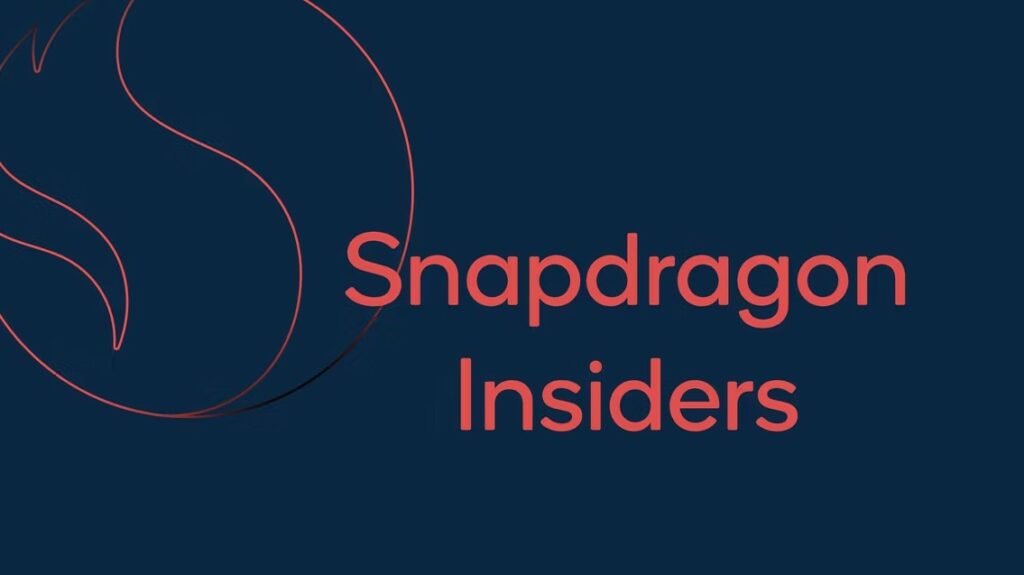
Verizon has spent billions on acquiring high-band spectrum and then criticized low-band 5G as being not much different than 4G. It was T-Mobile that started building its 5G network around low and mid-band spectrum in the U.S. The USD7.9B it spent for low-band 600MHz airwaves and the USD26B it paid for Sprint helped the carrier take the early 5G lead in the U.S. The mid-band 2.5GHz spectrum acquired in the Sprint deal may not deliver the super-fast download speeds available with mmWave, but those signals do travel longer distances than high-band signals do. Qualcomm would love to see mmWave succeed. Qualcomm expects that mmWave will end up being used to prop up areas where broadband cannot deliver fixed wireless service to some homes. And it could be employed for 5G enterprise use by corporations that require a private network. Consumers, however, prefer the availability of mid-band 5G which is still as much as 10 times faster than LTE. (Phone Arena, LightReading)
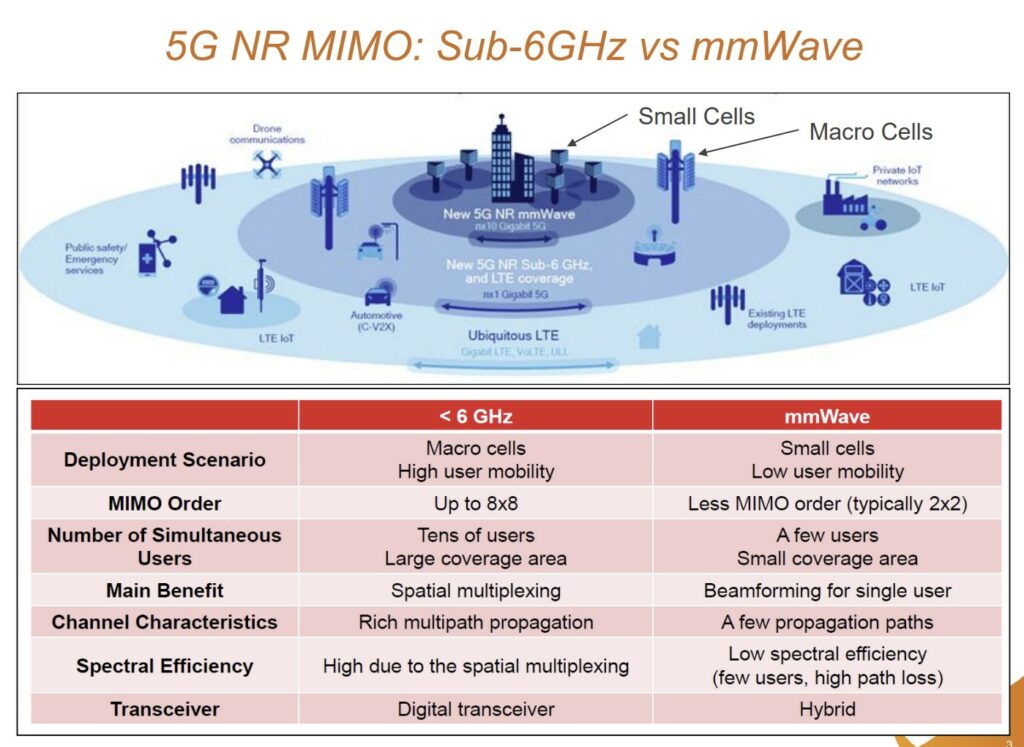

Apple has reportedly ordered a domestic display company to develop 2 types of OLED panels for iPad and 2 types of OLED for MacBook. The specific types of panels are 10.86” and 12.9” for the iPad, and 14” and 16” for the MacBook. Samsung Display and LG Display are likely to supply OLEDs that will be used in the iPad. Both companies are iPhone OLED suppliers. iPad OLED is expected to be mass-produced in the Gen-6 (1500 × 1850 mm, divided into generations by the size of substrate). It is anticipated that Samsung Display will utilize the Gen-6 line in Asan, Chungcheongnam-do, and LG Display to use the Gen-6 line in Paju. The OLED for MacBook will be produced in the newly invested 8th generation line. In Aug 2022 Samsung Display formalized its Gen-8 investment plan at the International Meeting on Information Display (IMID) held in Busan. (GSM Arena, ET News)
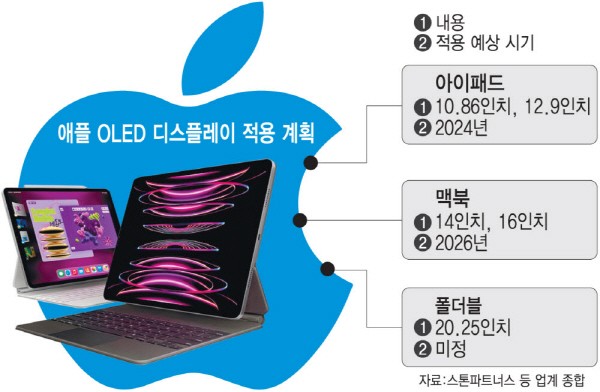
Samsung Display has said it is beginning mass production of OLED panels that integrate the touch feature directly onto the panel, aimed at notebooks. The panels with on-cell touch AMOLED (OCTA) technology, will first feature on Samsung Electronics’ high-end, 2023-model Galaxy Book notebooks. The display panel maker said its panels with OCTA technology will come in 16:10 ratio, 120Hz refresh rate, and support 3K resolution. OCTA uses touch sensors that are directly inside the panel to achieve the touch screen feature. This allows the panel to be thinner than having a separate touch screen panel film for the same feature.(Android Headlines, ZDNet, The Verge)
Apple has been granted a patent (US-20230011092-A1) for a crack-resistant foldable display. Apple’s patent specifically relates to a new protective cover layer structure for smartphones, and more particularly for flexible displays that could fold while being crack resistant. The patent specifically describes display modules and protective cover layer structures that may be implemented in curved, flexible, conformable and foldable display modules, and in particular with curved, flexible, conformable and foldable display panels.(Android Headlines, Gizmo China, Phone Arena, Patently Apple)
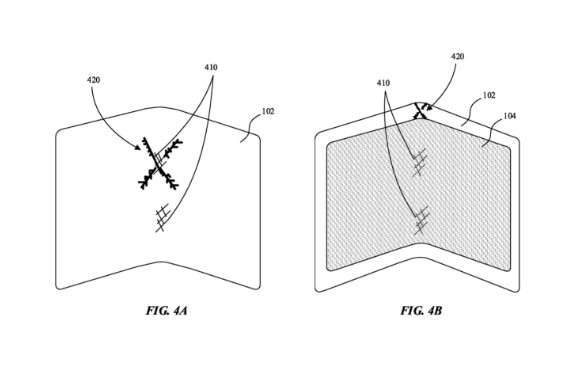
Samsung is reportedly shipping the Galaxy S23 with support for a display with max brightness of 1,750 nits. Apple’s iPhone 14 Pro series ships with a display that can boost its max brightness to 2,000 nits in outdoor settings. (Android Authority, Twitter, Gizmo China, 9to5Google)
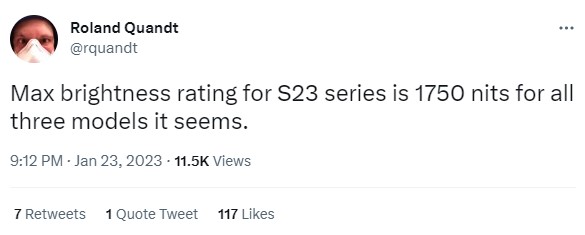
Samsung Display has showcased its new prototype display and hinge that folds both inwards and outwards. The “Flex In & Out” concept allows the hinge to fold the device in 360° while creating a significantly less visible crease. The display comes with a new hinge design that allows the device to fold completely instead of leaving a small waterdrop-shaped hole in the crease.(Phone Arena, The Verge, Business Standard, GSM Arena)
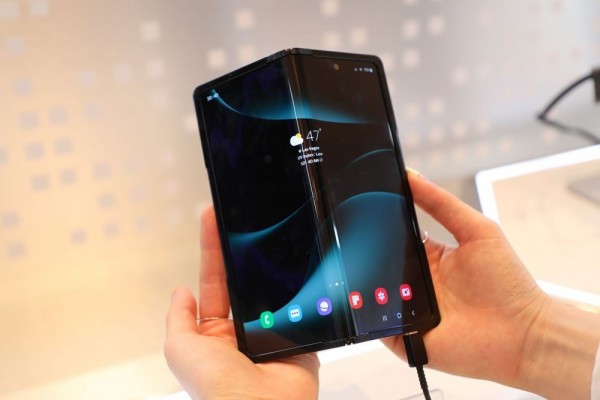

SK Hynix has announcedthat it has developed the world’s fastest mobile DRAM “LPDDR5T (Low Power Double Data Rate 5 Turbo)” and provided sample products to customers. The new product, LPDDR5T, operates at a data rate of 9.6 gigabits per second (Gbps), 13% faster than the previous generation LPDDR5X1 unveiled in Nov 2022. LPDDR5T, which operates in the ultra-low voltage range of 1.01 to 1.12V set by the JEDEC (Joint Electron Device Engineering Council), is a product that not only features utmost speed but ultra-low power consumption.(CN Beta, AnandTech, GSM Arena, SK Hynix)
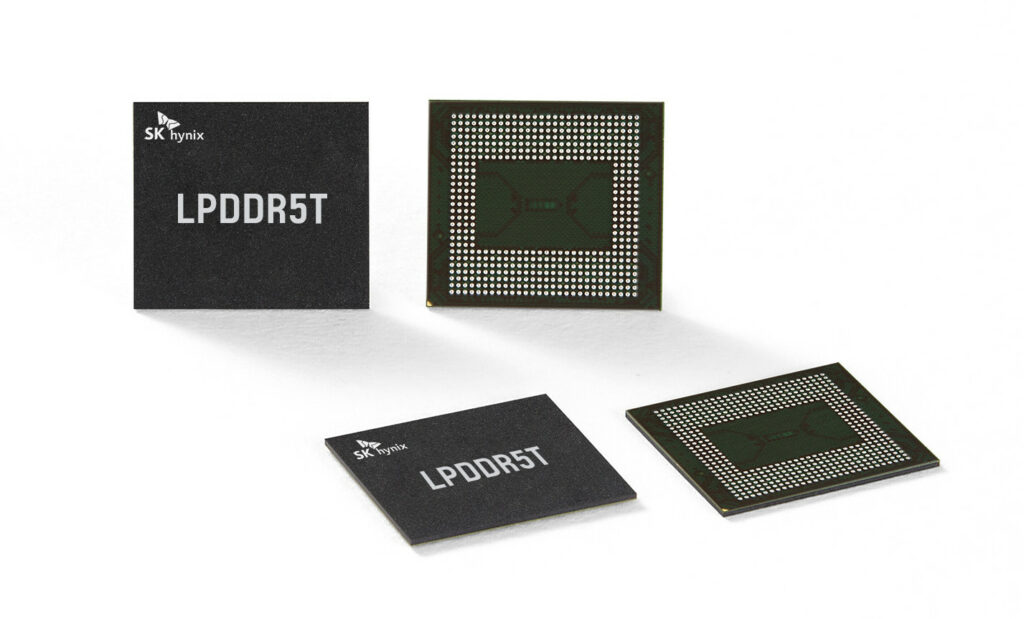
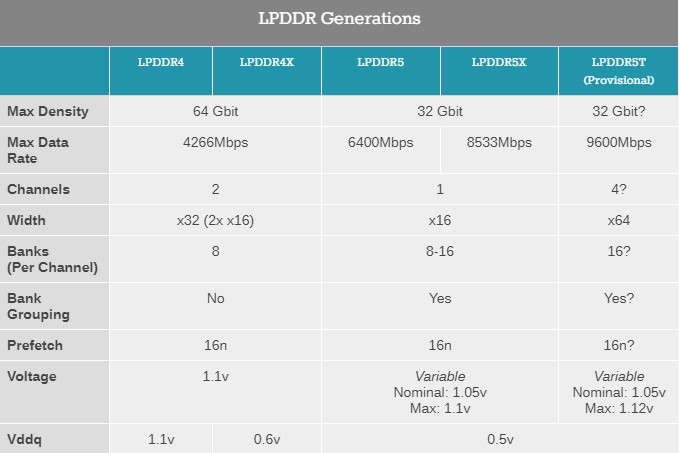

Tesla has big expansion plans for its first Gigafactory near Reno, Nevada. The automaker has announced that it is investing USD3.6B to build 2 new factories in the complex and hire 3,000 additional workers. That is bigger than the company’s initial investment (USD3.5B) when it made a commitment to build the facility back in 2014. One of the new Nevada factories will manufacture its 4680-type batteries, while the other will be Tesla’s first factory to mass produce the Semi.(Engadget, Tesla, Reuters)
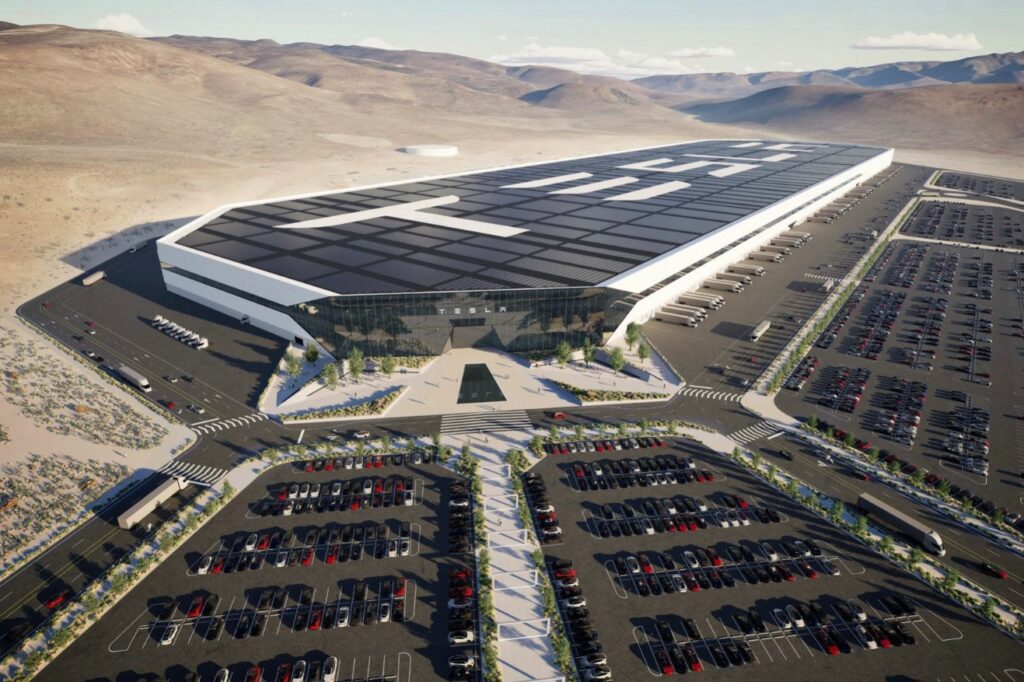
LG Energy Solution (LGES) has set a goal to develop lithium-sulfur battery within the next 3 years. This means the company is aiming to commercialize the battery sometime in 2027. Lithium-sulfur battery is one of many battery technologies that could possibly replace lithium-ion batteries in the future. It has superior energy density of around 2x. This means electric vehicles with lithium-sulfur batteries will be able to double their driving distance while carrying the same weight of batteries. However, LGES is planning to apply the new battery in the aerospace sector first. (The Elec)
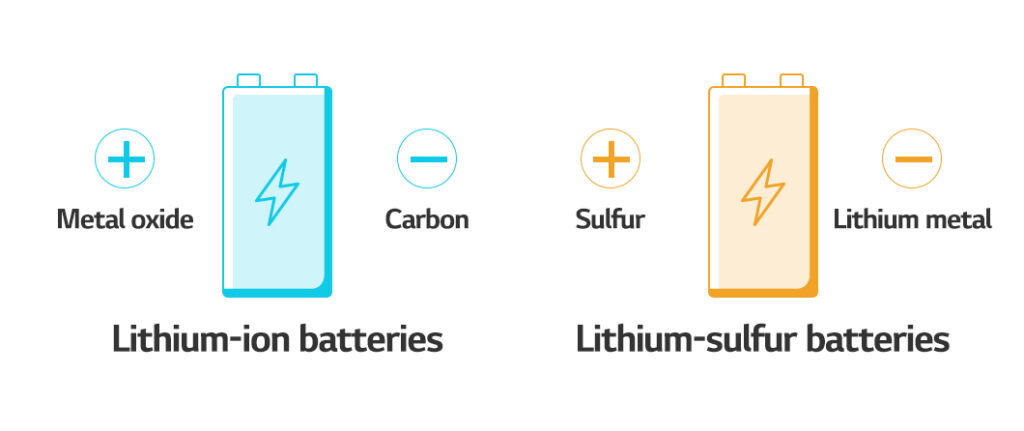
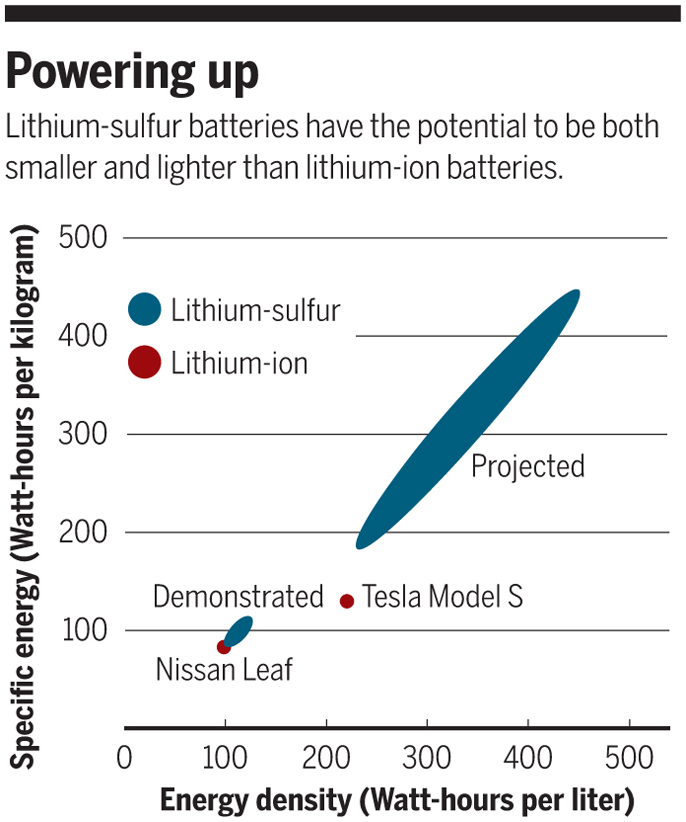

Jio is adding new prepaid plans to its portfolio. Both plans offer 2.5GB of data a day and cost INR 349 and INR 899, respectively. The INR 349 plan has a validity of 30 days and includes a total of 75GB of data (2.5GB/day), 100 SMS per day and unlimited voice calls. The INR 899 plan has a validity of 90 days and includes a total of 225GB of data (2.5GB/day), 100 SMS per day and unlimited voice calls.(GSM Arena, Jio, Fonearena)
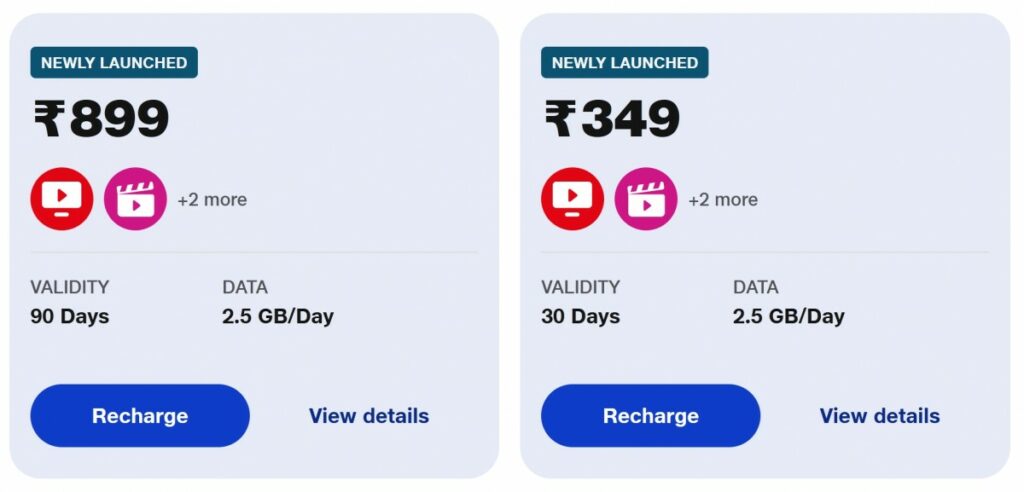
Nokia has announced it has signed a new cross-license patent agreement with Samsung following the expiry of the previous agreement at the end of 2022. Under the agreement, which covers Nokia’s fundamental inventions in 5G and other technologies, Samsung will make payments to Nokia for a multi-year period beginning 1 Jan 2023. The terms of the agreement remain confidential between the parties.(Gizmo China, Nokia, Reuters)

Google lays off about 12,000 jobs, which is 6% of the company’s employees. The company would be “tightening its belt, reflecting a new period of more disciplined and efficient spending”. Google says these cuts will affect not just Google, but also other Alphabet subsidiaries, but did not specify what levels.(Android Central, WSJ, CN Beta)
The U.S. Department of Justice (DoJ) has filed suit against Google over alleged antitrust issues, claiming Google has monopoly control of the digital ad market. The DOJ is joined by 8 states in its complaint, including New York, California, and Colorado. Together they aim to “halt Google’s anticompetitive scheme, unwind Google’s monopolistic grip on the market, and restore competition to digital advertising”. (Android Authority, TechCrunch)
Spotify has announced it is cutting 6% of its global workforce as the music streaming company contends with a gloomy economic environment that has seen consumers and advertisers alike limit their spending. Spotify has a total workforce of around 9,800 people, which means the cuts impact about 600 employees. Daniel Ek, Spotify’s CEO, has said to employees that he takes “full accountability for the moves that got us here today”.(Android Central, Spotify, CNBC)
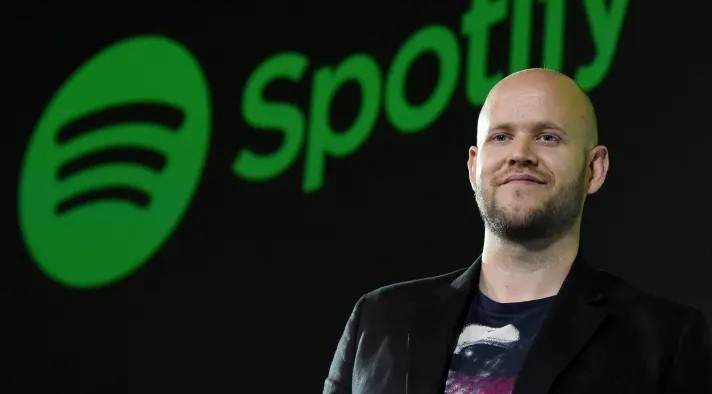
Worldwide smartphone shipments declined 18.3% YoY to 300.3M units in 4Q22, according to IDC. The drop marks the largest-ever decline in a single quarter and contributed to a steep 11.3% decline for the year. 2022 ended with shipments of 1.21B units, which represents the lowest annual shipment total since 2013 due to significantly dampened consumer demand, inflation, and economic uncertainties. This tough close to the year puts the 2.8% recovery expected for 2023 in serious jeopardy with heavy downward risk to the forecast. (GSM Arena, IDC)
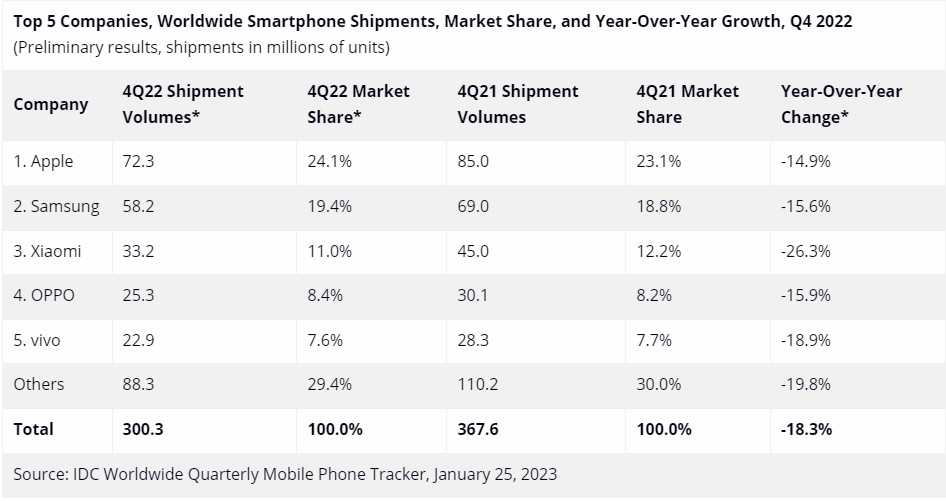
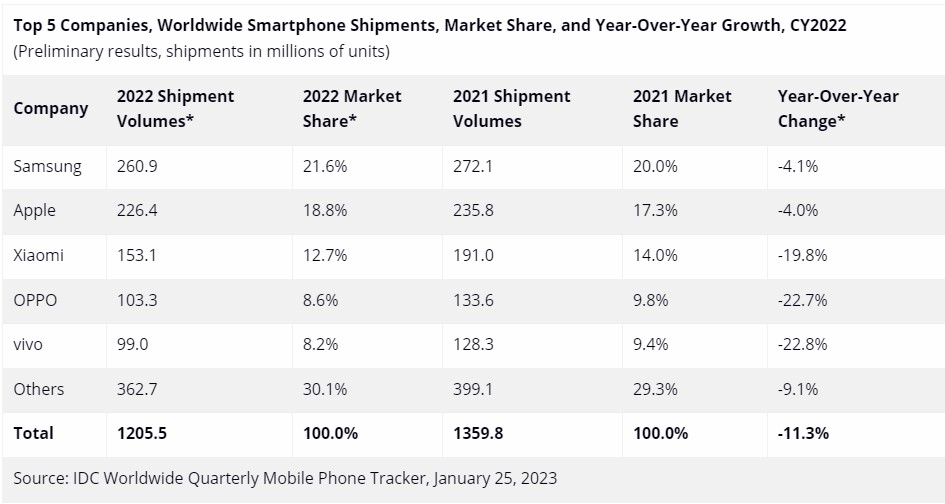
Snapchat has come under the radar of the United States Department of Justice (DOJ) and the Federal Bureau of Investigation (FBI) for alleged drug sales that happened within the platform. In response to allegations, Snapchat says it made an effort to detect and remove drug dealers from its platform and raise awareness about deadly drugs such as fentanyl and counterfeit pills.(Android Headlines, CBS News)
Samsung’s Senior Director – Head Product & Marketing, Aditya Babbar has indicated that the Galaxy A series helped Samsung reach the top position. Babbar highlighted that the Galaxy A series was the most selling lineup for the brand in India in 2022. Samsung aims to stay consistent at the top position in 2023 and for this, Samsung is betting high on 5G. Babbar said that 2023 will see more 5G phones being even more accessible to consumers, hinting at focusing on making affordable 5G devices. Babbar also said that Samsung targets to get 75% of its business in India from 5G devices. Now, even though Samsung plans to focus more on 5G, it will continue to sell 4G phones in India. This could possibly be to bring more affordable options for users looking for phones at a budget or entry-level price points.(Gizmo China, India Today)
Google has agreed to provide clearer information to users browsing Google Store, Google Play Store, Google Hotels and Google Flights in Europe. It will soon show whether it is acting as an intermediary or selling products directly, and better inform consumers about deliveries, returns and repairs and more. It’s making the moves to comply with EU regulations following a dialogue with the Consumer Protection Cooperation Network (CPC) that started in 2021.(Engadget, Europe Commission)

According to Piyush Goyal, India’s minister of commerce and industry, Apple is targeting manufacturing 25% of all of its iPhones in India, up from 5%-7% currently. Apple has just a 5% market share in India’s smartphone market, but CEO Tim Cook has long-seen India as a potential area for growth. (Gizmo China, CNBC)
Indian Institute of Technology, Madras, has demoed its own mobile OS, BharOS. The OS is reported to ship with no pre-loaded apps, and to share no user data. Only private app stores work with the OS. The minister for education and minister of skill development & entrepreneurship Dharmendra Pradhan has claimed the OS is incapable of running malware, without elaboration. Pradhan praised the operating system’s monopoly busting potential, while others suggested it could be ideal for use by India’s government as it could be customized. (Phone Arena, The Register, IIT Madras, Twitter)
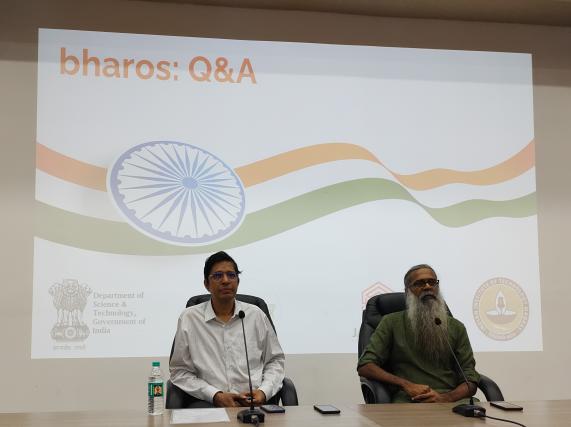

Apple’s mixed reality headset will have an “iOS-like” interface that will include “many functions” available on the iPhone and iPad, with the headset also able to serve as an external display for a connected Mac. Users will be able to see their Mac’s display in VR, controlling the Mac with a physical keyboard and trackpad / mouse. Using the headset will “feel familiar to Apple users”, with an interface that is close to identical to the look of an iPhone or an iPad. There will be a Home screen with app icons that can be rearranged, as well as customizable widgets. Eye and hand-tracking will be a “major selling point” for the headset, with Apple using external cameras that can analyze a user’s hands and eyes. The wearer will be able to control the headset by looking at an on-screen item to select it, then using gestures to activate the on-screen item. Unlike other headset options, Apple will not rely on a physical controller.(Apple Insider, Bloomberg, MacRumors)
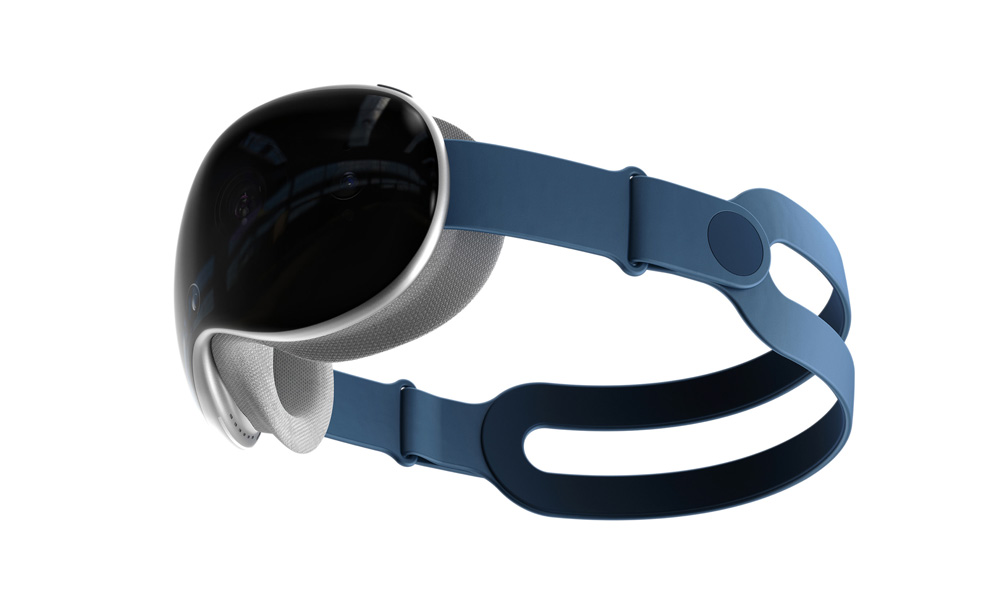
DARPA (Defense Advanced Research Projects Agency) is developing a new system to help military personnel perform complex tasks. Perceptually-enabled Task Guidance (PTG) technology uses sensors to see and hear what the user sees and hears, guiding them through AI-produced instructions displayed in augmented reality (AR). PTG combines sensors (a microphone and head-mounted camera) with AI and AR headsets to integrate into the user’s environment. The idea is to help soldiers and other military personnel enhance their skills, complete complicated tasks and perform them better. DARPA has narrowed its focus to 3 areas: battlefield medicine (like untrained personnel helping medics in the field), sustainment (keeping military equipment up and running) and co-piloting (especially helicopters).(Engadget, DARPA)


Cumulus Data, a subsidiary of independent power producer Talen Energy, has completed a data center connected to Pennsylvania’s Susquehanna nuclear power station, with plans to 2023 begin hosting the space for Bitcoin mining company TeraWulf. The center’s completion sets it up to be the first nuclear-powered bitcoin mine in the US. It means that any bitcoin mined through the center will emit next to no carbon. The data centre is powered by a direct connection to the 2.5GW Susquehanna nuclear power station in northeast Pennsylvania. (CN Beta, Cumulus Data, Yahoo, The News Crypto, CNET, World Nuclear News)

The digital wallet would be operated by Early Warning Services (EWS), a joint venture from several banks that also runs Zelle. The major banks involved include Wells Fargo, JPMorgan Chase and Bank of America. The new wallet would initially be launched with Visa and Mastercard already on board. EWS, whose owners also include Capital One Financial, PNC Financial Services, US Bancorp and Truist Financial , plans to begin rolling out the new offering in 2H23. The banks expect to enable 150M debit and credit cards for use within the wallet when it rolls out. US consumers who are up-to-date on payments, have used their card online in recent years and have provided an email address and phone number will be eligible. (CN Beta, Payments Journal, CNBC, WSJ)